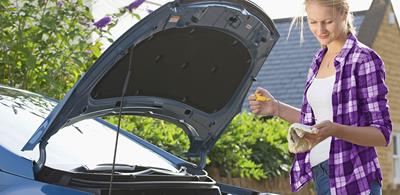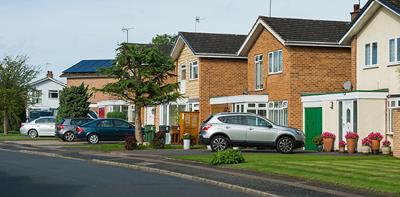
If you get behind the wheel only to find out that your car won’t start it can be frustrating to say the least. But the good news is the problem is often easily fixed.
A flat battery is the most common reason your car won’t start, either because lights or electronics were left turned on, it’s cold outside, the car hasn’t been used in a long time or the battery is old and needs replacing. You might need to do the following detective work to find the cause of the problem.
Why won’t my car start?
First of all, ask yourself, or check, the following:
- Is there fuel in the tank? It may sound obvious, but this is an easy one to miss and a quick one to fix. A quick trip to your local petrol station to fill up a fuel can could see your problems vanish and your car start.
- Is it freezing cold? Cold weather is often to blame for a car not starting, for a few reasons: cold car batteries don’t produce the same amount of power as warm batteries; engine oil becomes thicker and doesn’t flow around the engine as well; and, less commonly, moisture in the fuel lines can freeze and cause a fuel blockage. It might worth waiting until temperatures have risen a little before trying to start your car. Just a couple of degrees can sometimes make a meaningful difference.
- If you can't turn the ignition, are the wheels jammed against the kerb, or could the steering lock be engaged? If so, gently turn the steering wheel and see if you can turn the key in the ignition.
- If you hear a loud clicking noise when you turn the key in the ignition, it could mean there is a fault with the starter motor, in which case, your car will need to be seen by a mechanic.
A flat battery
If you think your problem is a flat battery, then you may want to try jump-starting your car. To do this, you’ll need jump leads and a second vehicle with a fully-charged battery. Check the instructions in your handbook on exactly the right steps to take for your car. Also check the details for the car you’re getting a jump from. Modern cars have complex electronic systems so do not ‘play it by ear’ or ‘have a go and see what happens’. Above all be careful. Jump leads can be dangerous if not used properly. If you’re not sure or confident about what you’re doing, seek help or try using a car battery charger.
If these options don’t work, you may need to call your mechanic or call for roadside assistance. Bear in mind that standard road assistance policies don’t normally include breakdowns at your home; to get breakdown cover if your car fails at your home address or within a set distance of it, you’ll need home assistance cover, also known as ‘home start’. You should always check your insurance policy to see what your covered for and contact your insurer, when in doubt.

